Table of Contents
The Truth About Wrinkles: Separating Fact from Fiction in the Anti-Aging World
As we age, our skin undergoes a natural process of wrinkling and sagging. But in today’s world, where anti-aging creams and treatments are ubiquitous, it can be challenging to separate fact from fiction. With so many claims about miracle cures and miracle ingredients, it’s no wonder that many of us are left feeling confused and overwhelmed. In this article, we’ll delve into the truth about wrinkles, exploring the science behind aging skin and the most effective ways to combat its effects.
The Science of Wrinkles
Wrinkles are a natural part of the aging process, caused by a combination of genetic and environmental factors. As we age, our skin’s natural collagen production slows down, leading to a loss of skin elasticity and firmness. Additionally, repetitive facial expressions, such as smiling or frowning, can cause deep creases and lines to form. Gravity also plays a role, as the downward pull of gravity causes skin to sag and droop.
Another key factor in the formation of wrinkles is the breakdown of the skin’s protective barrier. As we age, our skin’s natural barrier function declines, making it more susceptible to environmental stressors and pollutants. This can lead to inflammation, oxidative stress, and the production of free radicals, which can damage skin cells and accelerate the aging process.
Debunking Common Myths
Myth #1: All Wrinkles are Caused by Lack of Moisture
This is a common misconception! While moisturizing is indeed important for maintaining healthy, supple skin, it’s not the sole cause of wrinkles. Wrinkles are a complex issue that requires a multifaceted approach, involving the maintenance of skin’s natural barrier function, collagen production, and the prevention of oxidative stress.
Myth #2: Anti-Aging Creams Work Miracles
Anti-aging creams and serums can certainly help to improve the appearance of fine lines and wrinkles, but they’re not miracle workers. Results are often temporary and may not be noticeable for several weeks. Moreover, many products contain harsh chemicals that can strip the skin of its natural oils and cause irritation.
Myth #3: Only Surgical Procedures Can Truly Combat Wrinkles
This couldn’t be further from the truth! While surgical procedures like facelifts and Botox can produce dramatic results, they’re not the only solution. Non-invasive treatments like chemical peels, microdermabrasion, and platelet-rich plasma (PRP) therapy can also be highly effective in reducing the appearance of wrinkles and fine lines.
What Really Works
So, what can you do to combat wrinkles effectively? Here are some evidence-based tips:
-
Protect Your Skin from the Sun: UV radiation is a major contributor to skin aging. Wear sunscreen with at least SPF 30 daily, and reapply every two hours.
-
Use Gentle, Natural Skincare Products: Avoid harsh chemicals and instead opt for gentle, fragrance-free products that nourish and moisturize your skin.
-
Hydrate from the Inside Out: Drink plenty of water throughout the day to keep your skin hydrated and plump.
-
Consider Professional Treatments: Chemical peels, microdermabrasion, and PRP therapy can all be highly effective in reducing the appearance of wrinkles.
-
Don’t Forget to Exfoliate: Gently exfoliate your skin once or twice a week to remove dead skin cells and improve skin texture.
Conclusion
In conclusion, the truth about wrinkles is that they’re a natural part of the aging process, but with the right approach, you can combat their effects effectively. By understanding the science behind aging skin, debunking common myths, and implementing evidence-based skincare tips, you can say goodbye to wrinkles and hello to radiant, youthful-looking skin.
Recommended Products
-
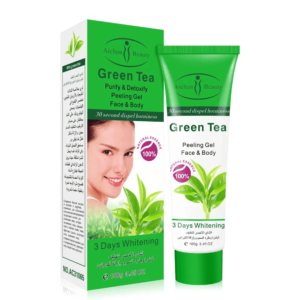 Aichun Beauty Green Tea Peeling Gel Face & Body – 100gKD2.490
Aichun Beauty Green Tea Peeling Gel Face & Body – 100gKD2.490 -
 Himalaya Aloe Vera Face & Body Moisturizer Gel 300mlKD3.000
Himalaya Aloe Vera Face & Body Moisturizer Gel 300mlKD3.000 -
Product on sale
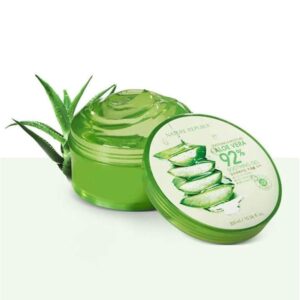 Nature Republic Soothing & Moisture Aloe Vera 92% Gel 300mlOriginal price was: KD3.000.KD2.000Current price is: KD2.000.
Nature Republic Soothing & Moisture Aloe Vera 92% Gel 300mlOriginal price was: KD3.000.KD2.000Current price is: KD2.000. -
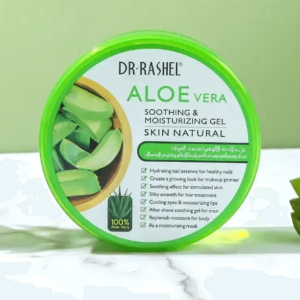 Dr. Rashel Aloe Vera Soothing & Moisturizing Gel Skin Natural – 300gKD2.500
Dr. Rashel Aloe Vera Soothing & Moisturizing Gel Skin Natural – 300gKD2.500 -
 Yoko Multi-Purpose Aloe Gel Baby Soft & Soothing – 300mlKD3.290
Yoko Multi-Purpose Aloe Gel Baby Soft & Soothing – 300mlKD3.290 -
Product on sale
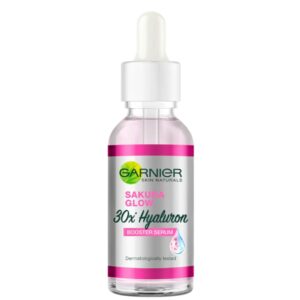 Garnier Skin Naturals Sakura Glow 30X Hyaluron Booster Serum 30 MlOriginal price was: KD8.000.KD6.000Current price is: KD6.000.
Garnier Skin Naturals Sakura Glow 30X Hyaluron Booster Serum 30 MlOriginal price was: KD8.000.KD6.000Current price is: KD6.000. -
Product on sale
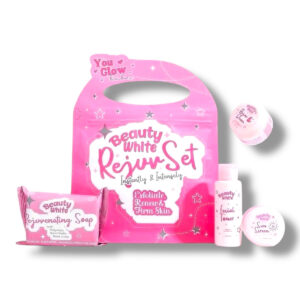 You Glow Babe Beauty White REJUV SETOriginal price was: KD8.000.KD6.000Current price is: KD6.000.
You Glow Babe Beauty White REJUV SETOriginal price was: KD8.000.KD6.000Current price is: KD6.000. -
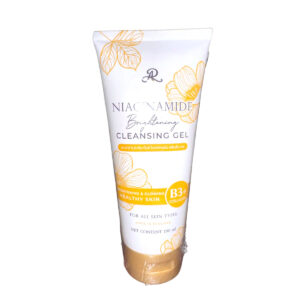 AR Niacinamide Brightening Cleansing Gel 190mlKD4.000
AR Niacinamide Brightening Cleansing Gel 190mlKD4.000 -
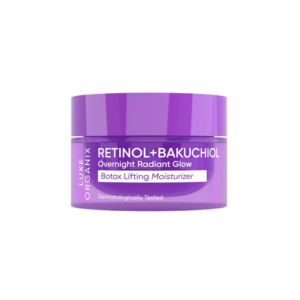 Luxe Organix Retinol + Bakuchiol Overnight Radiant Glow Botox Lifting Moisturizer 50gKD4.990
Luxe Organix Retinol + Bakuchiol Overnight Radiant Glow Botox Lifting Moisturizer 50gKD4.990




